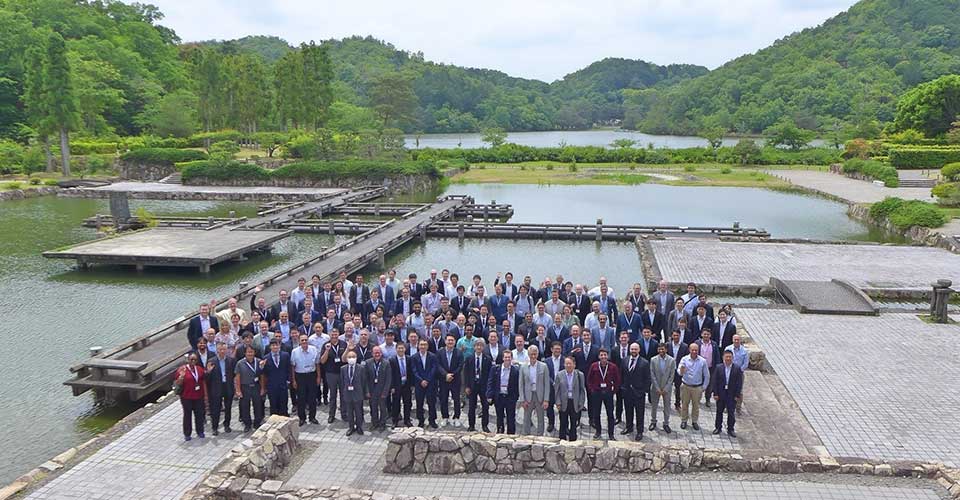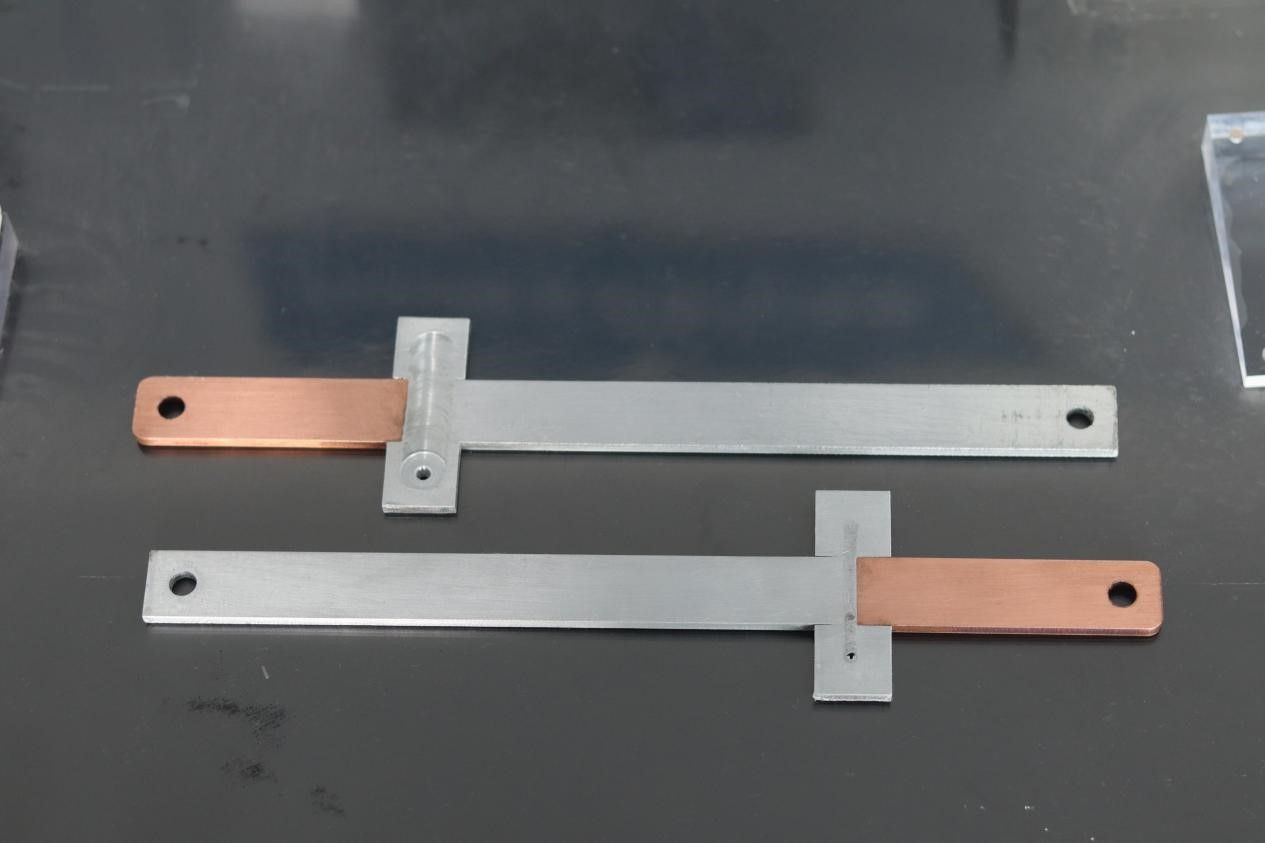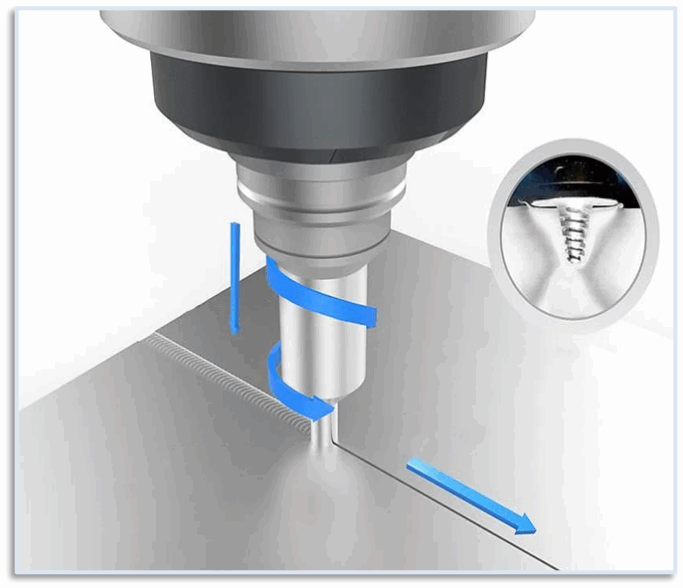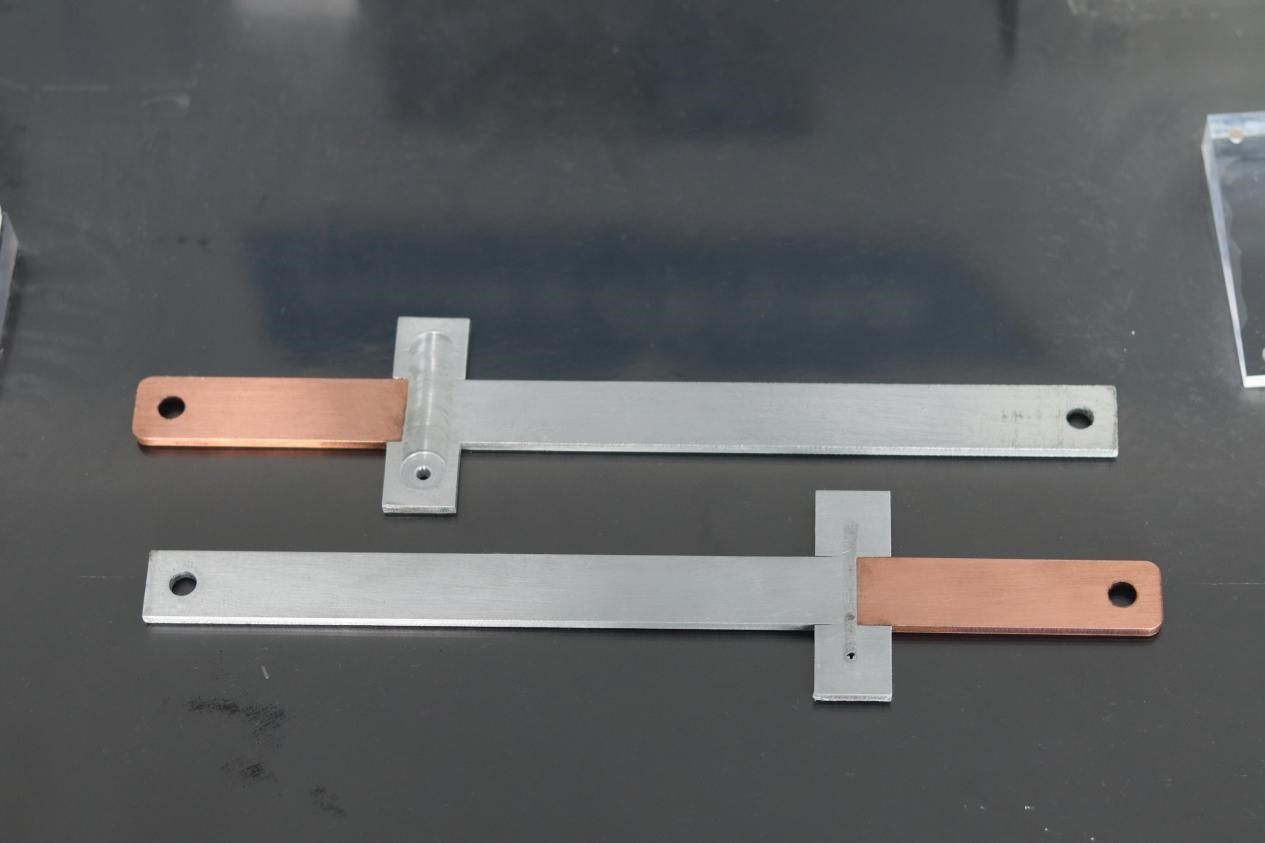The future of the new energy automobile industry- New battery technology
With the guidance and promotion of national policies, new energy vehicles are constantly upgraded and innovated. As an important part of new energy vehicles, batteries are constantly updated and iterated.
There are three of the hottest battery technologies out there, CTP technology launched by CATL, blade battery technology of BYD and Honeycomb battery technology from JAC. What's special about these three battery technologies? Let's explain one by one.
1. CTP technology launched by CATL

CTP technology is fully known as Cell to Pack, also known as a modem-free technology. CATL adopts a scheme to integrate the original small battery modules into large ones. This technology has the following advantages.
a) The volume utilization increased by 15%~20%, the parts decreased by 40%, the efficiency increased by 50%, and the manufacturing cost of power battery greatly reduced.
b) The energy density can reach more than 200Wh/kg, which is 10%~15% higher than the traditional battery pack.
c) The insulation, waterproof, anti - thermal diffusion, heating & cooling functions are optimized, the safety performance is further improved.
2. Blade battery technology of BYD

The blade battery is a kind of super lithium iron phosphate battery with a new structure, which is named because its shape is similar to that of a blade.
Blade battery technology has the following advantages:
a) The volume energy density exceeds 330Wh/L, which can be increased by more than 30% compared with the original battery system.
b) Due to savings in materials, labor costs, etc., the cost of the battery package is expected to be reduced by 30%.
c) It's thinner than conventional square batteries, so the heat dissipation effect is better.
3. Honeycomb battery technology of JAC

Honeycomb battery technology is adopted the bionic design of honeycomb structure, by UE covering the turn of the technology, realize the Unitized Encapsulation. This technology has the following advantages:
a) The hexagon structure can attract certain collision and extrusion energy.
b) The heat transfer adhesive is filled between the cells to ensure that the temperature difference within the battery package is ≤3℃.
c) Adopt double explosion-proof valve design, diverge the gush gas and ensure safety.
Each of the three battery technologies has its own characteristics and advantages, but it remains to be seen who will survive in this competitive market.





